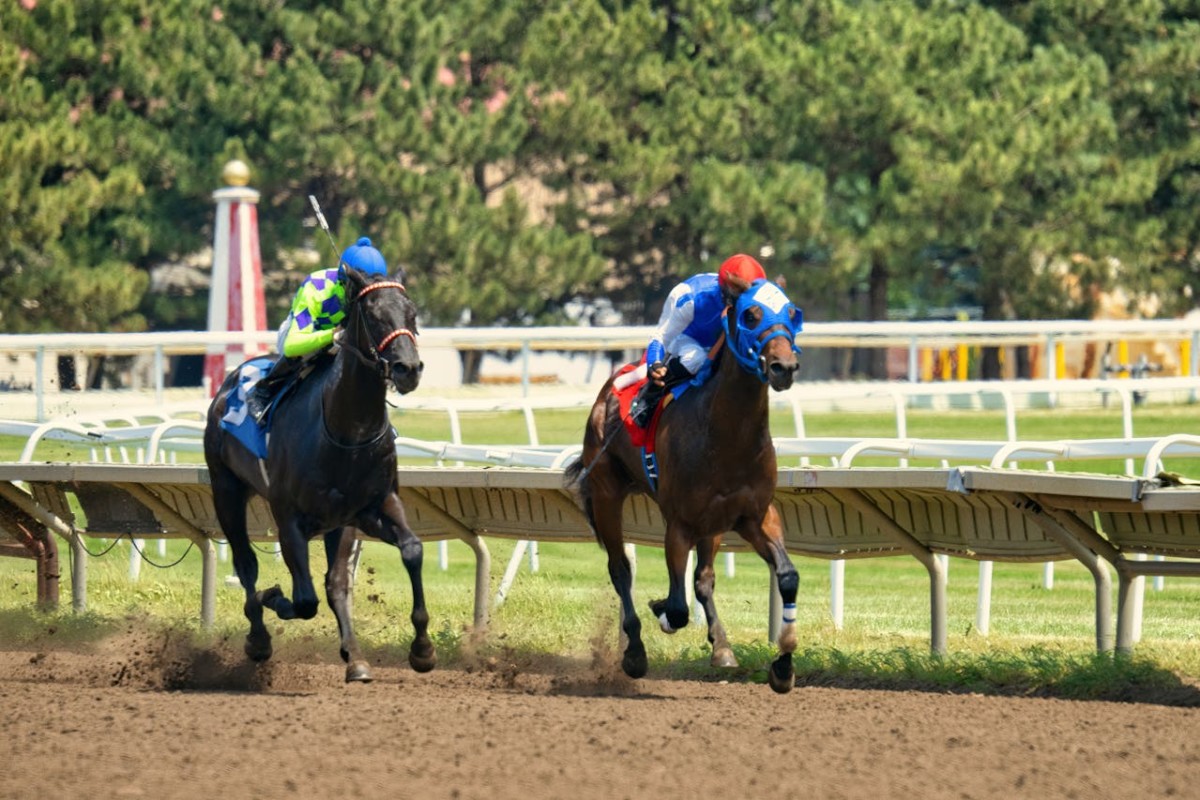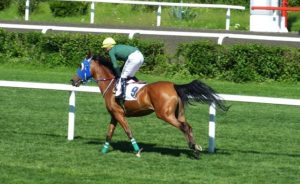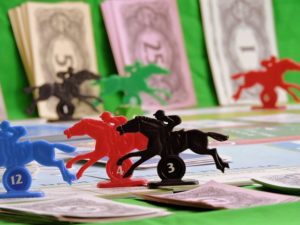8 Reasons Why the Preakness Stakes is a Must-See Event for Every Sports Fan
 The Preakness Stakes is a climactic horse racing event, marking the second jewel of the esteemed Triple Crown. This race, steeped in deep tradition, occurs annually and follows the Kentucky Derby, setting the stage for potential Triple Crown contenders.
The Preakness Stakes is a climactic horse racing event, marking the second jewel of the esteemed Triple Crown. This race, steeped in deep tradition, occurs annually and follows the Kentucky Derby, setting the stage for potential Triple Crown contenders.
More than a test of speed, winning the Preakness is a huge honor, as it keeps the hope of achieving the Triple Crown alive. Its value extends beyond the race itself, offering sports fans a spectacle where tradition, skill, and the spirit of competition converge.
1. Rich History and Tradition
The Preakness Stakes, celebrated annually since 1873, is a hallmark of horse racing heritage. This event isn’t merely about the adrenaline of the race. It’s deeply rooted in traditions that evoke the sport’s rich history.
Among the most cherished is the victory tradition, where the winner is adorned with a blanket of Black-Eyed Susans, flowers that mirror Maryland’s state emblem, symbolizing not just triumph but the continuation of the legacy. This custom, like the anticipation surrounding the Preakness current 2024 odds, connects fans to the race’s storied past while adding depth to the excitement of the competition.
2. High-Stakes Competition
Winning the Preakness Stakes, the second jewel of the Triple Crown, carries immense prestige. This victory is a testament to a horse’s speed, stamina, and heart, setting the stage for a potential Triple Crown triumph.
The intense competition level attracts top horses, jockeys, and trainers worldwide. Each participant enters with hopes of etching their name into horse racing history. The anticipation and high stakes make the Preakness Stakes a centerpiece of global horse racing, watched by millions who admire the sport’s blend of tradition, skill, and fierce competitiveness.
3. The Atmosphere
The Preakness Stakes transforms into a festival of joy, showcasing events like the famous “InfieldFest,” where live bands perform, creating a concert vibe right in the heart of the racetrack.
Food stalls serve up Maryland’s best, from crab cakes to pit beef, offering a taste of local flavor. There’s also the vibrant parade of fashion where attendees don hats and attire that range from elegantly traditional to boldly modern.
There’s also the “Black-Eyed Susan Day” that celebrates women in racing, adding a touch of empowerment to the festivities. This blend of music, food, fashion, and racing joy lights up the atmosphere, making the Preakness a communal celebration of sport and culture.
4. World-Class Horses and Jockeys
The Preakness Stakes is known for showcasing world-class horses and jockeys, as well as legends like Secretariat and jockey Ron Turcotte, who have left an indelible mark. Behind every participant is a story of rigorous training and unwavering dedication.
These athletes, both human and equine, undergo extensive preparation, honing their speed, strength, and strategy to compete at this level. Their commitment is the backbone of their success, turning each race into a display of peak performance and deep passion for horse racing.
5. Betting Excitement
Betting adds extra excitement to the Preakness Stakes, with spectators eagerly placing wagers on their favorite horses. This thrill comes from the anticipation of picking the potential winner, creating a personal stake in the race’s outcome. For newcomers, it’s crucial to bet responsibly.
Start by setting a budget and sticking to it. Educate yourself on the horses’ past performances and jockey experience. Look for expert predictions and odds, but remember that horse racing always carries an element of unpredictability. Betting smartly enhances the fun without overshadowing the enjoyment of the event.
6. Fashion and Pageantry
Fashion and pageantry are at the heart of the Preakness Stakes, with attendees making bold statements through their choice of hats and attire. From extravagant, wide-brimmed hats adorned with feathers to elegant, sophisticated dresses and suits, fashion plays a key role in the day’s festivities.
This sartorial display fosters a vibrant social atmosphere where networking and camaraderie thrive among the well-dressed crowds. It’s a day where style meets tradition, and the racecourse becomes a runway, showcasing personal flair and the rich culture of horse racing.
7. Community Impact and Charitable Efforts
The Preakness Stakes celebrates horse racing and significantly impacts the surrounding community through various charitable efforts. Each year, a portion of the event’s proceeds is dedicated to local charities and educational programs, reinforcing its commitment to giving back. Initiatives like scholarship funds for students and support for equine health and welfare demonstrate how race extends its influence beyond the track.
These efforts foster a strong bond between the event and the local community, showcasing the Preakness Stakes as more than just a sporting event but a catalyst for positive change and community development.
8. Accessibility for Fans
Accessibility for fans is a priority for the Preakness Stakes, ensuring enthusiasts from around the globe can enjoy the race. For those attending in person, tickets are available across various seating categories, offering an unforgettable experience at the track.
Globally, fans can watch the race through broadcasting partnerships with major networks and streaming services, ensuring live coverage reaches every corner of the world. Additionally, online platforms offer real-time updates and exclusive content, making the race accessible to all, no matter where they are.
Wrapping Up
The Preakness Stakes stands out because it mixes old traditions with new ideas, making it interesting for both long-time fans and people new to horse racing. It’s a big celebration that honors great achievements and history and brings people together. Over the years, it has changed in good ways, ensuring it stays exciting and relevant.
 At the time of writing, the first Classic of the season, the 2,000 Guineas on the Rowley Mile at Newmarket, which is scheduled for Saturday, May 4, 2024, is still some months away. However, as ever, the ante-post market is already well formed, so it’s high time we looked at what Timeform made of the two-year-old form in 2023.
At the time of writing, the first Classic of the season, the 2,000 Guineas on the Rowley Mile at Newmarket, which is scheduled for Saturday, May 4, 2024, is still some months away. However, as ever, the ante-post market is already well formed, so it’s high time we looked at what Timeform made of the two-year-old form in 2023. Notwithstanding the change of date in 2022, made to accommodate Easter, on April 17, the Scottish Grand National, run over 3 miles, 7 furlongs and 176 yards at Ayr, is traditionally staged a week or two after the Grand National at Aintree. Consequently, few horses attempt the Aintree-Ayr double and those that do have precious little recovery time between the two races.
Notwithstanding the change of date in 2022, made to accommodate Easter, on April 17, the Scottish Grand National, run over 3 miles, 7 furlongs and 176 yards at Ayr, is traditionally staged a week or two after the Grand National at Aintree. Consequently, few horses attempt the Aintree-Ayr double and those that do have precious little recovery time between the two races.